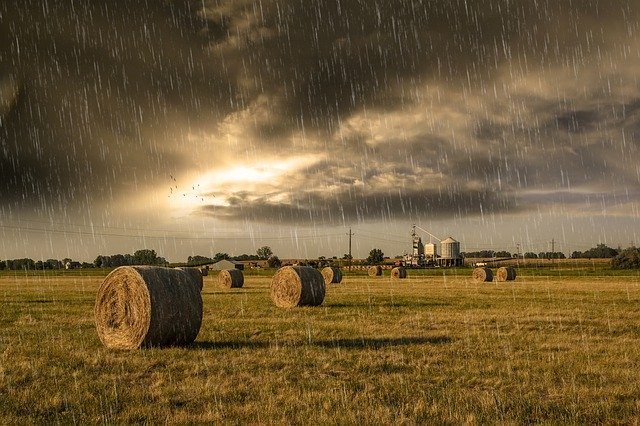Throughout the world, aquifers and reservoirs of water are reaching historic lows. As groundwater reserves are shrinking, ranch refinancing can help you adjust your operations to consume less water. This will ease the burden on current resources and stave off a water shortage.
How to Reduce Water Usage In Farming – Ranch Refinancing
Reducing water usage in farming is going to require adopting new practices that are integral to the survival of your farm. If the water shortage has already hit your revenue, you can find additional capital through ranch refinancing, which will allow you to integrate these changes into your existing operations.
Viable Solutions for Using Less Water
There are several avenues to pursue when trying to reduce your water usage. Some of these solutions are more practical than others. Viable solutions for saving water in farming include:
- Reusing wastewater
- Minimizing evaporation
- Precise irrigation
- Using cover crops
- Monitoring soil conditions
- Rainwater harvesting
- Integrating technology
- No-till farming
- Desalination
- Double-cropping
Reusing Wastewater
Wastewater or gray water can be integrated into the irrigation system to keep water from getting contaminated. As long as the water is not contaminated, it can be used in the irrigation system, providing moisture directly to plant roots.
Minimizing Evaporation
Inefficient irrigation processes result in 15 to 30% water loss through evaporation. It may be time to consider replacing your existing loan with a new one in order to reduce your monthly expenses to fund new micro-sprinklers to help minimize this water loss.
Precise Irrigation
Traditional irrigation methods are inefficient, wasting 60% of the water used. Ranch refinancing can help farmers of all sizes install more precise irrigation systems such as drip irrigation which is 30 to 40% more efficient.
Using Cover Crops
Cover crops such as oats, cereal rye, and crimson clover can improve groundwater availability and can also help your bottom line. These crops prevent erosion and allow water to get where it needs to go rather than being consumed by unwanted weeds.
Monitoring Soil Conditions
Implementing soil moisture monitoring reduces water wastage by only watering when the soil becomes dry. This also minimizes crop distress.
Rainwater Harvesting
Improving methods of collecting rainwater can increase water supply that can be used for farming. This can include building new reservoirs, installing rain barrels, and using systems to store stormwater Capture.
Integrating Technology
Using technology allows for continuous monitoring, remote access to irrigation systems, and precise water usage. This prevents water wastage while also improving crop health.
No-till Farming
No-till farming techniques can increase soil moisture and prevent erosion. Additionally, it can improve the efficiency of a crop’s ability to use water and overall water usage.
Desalination
Turning saltwater into freshwater increases the available supply. This process is expensive but when coupled with other water saving solutions it can have a tremendous impact.
Double-Cropping
This form of intensification involves planting two different crops in the same field in a single year. This will increase your revenue due to the second harvest and help prevent water loss by fighting against soil erosion.
Improve Your Farming Operations
As experts in the agricultural industry, AgAmerica loan officers are used to helping farmers to secure ranch refinancing so they can integrate practices to reduce water wastage. Contact us today to discuss available options to help you improve your current operations and reduce your water usage.

